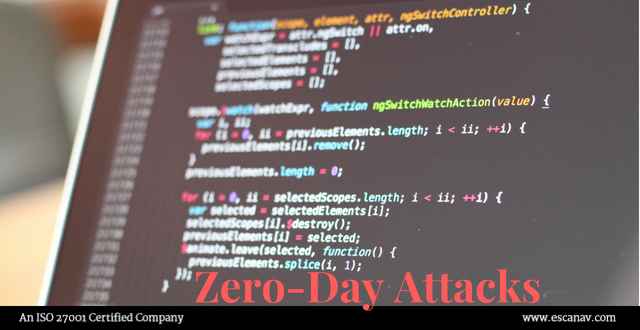A zero-day attack is a flaw in software programming or hardware that is obscure to the user in charge of fixing or generally settling the blemish. The term zero-day may allude to the weakness itself, or an attack that has zero days between the time that the vulnerability is found and the first attack. Once a zero-day attack has been made open, it is known as “n-day” or “one-day” vulnerability.
Since zero-day vulnerabilities aren’t known ahead of time, there is no real way to make preparations for such attacks that may happen. Usually, when a specialist identifies that a software contains a potential security issue, he or she will tell the vendor, so they can settle the code and disseminate a fix or update the software program. The expectation with a zero-day attack is that regardless of whether an aggressor finds out about the vulnerability, it will set aside the opportunity to make sense of how to misuse it without being recognized – and in the interim, the fix will have been made accessible.
eScan Advisory:
- Update security patches regularly: It is very critical to keep your mobile device fully updated. Now that the vulnerabilities have been discovered which can be exploited using Javascript, updating the browsers as and when the new versions are made available, would be the best defense for your mobile.
- Desktop/Servers: Ensure that the installed Antivirus has enabled the registry key on Windows Machines, as mandated by Microsoft, as this would ensure that Antivirus has tested and is compatible with the patches provided by Microsoft.
- Be cautious while downloading applications: Avoid installing applications from the internet. Use the Google Play store or App store as provided in the device.
- Ensure Backup: Always keep a backup of the data on the device/system before formatting it.
- Upgrade your device: Many times mobile devices do not get updates after the software and hardware have become old. The companies keep upgrading the versions of the mobile device and systems with the latest security patches applied.
For Real-time Insights by eScan:
For more updates on the eScan blog, click here.







